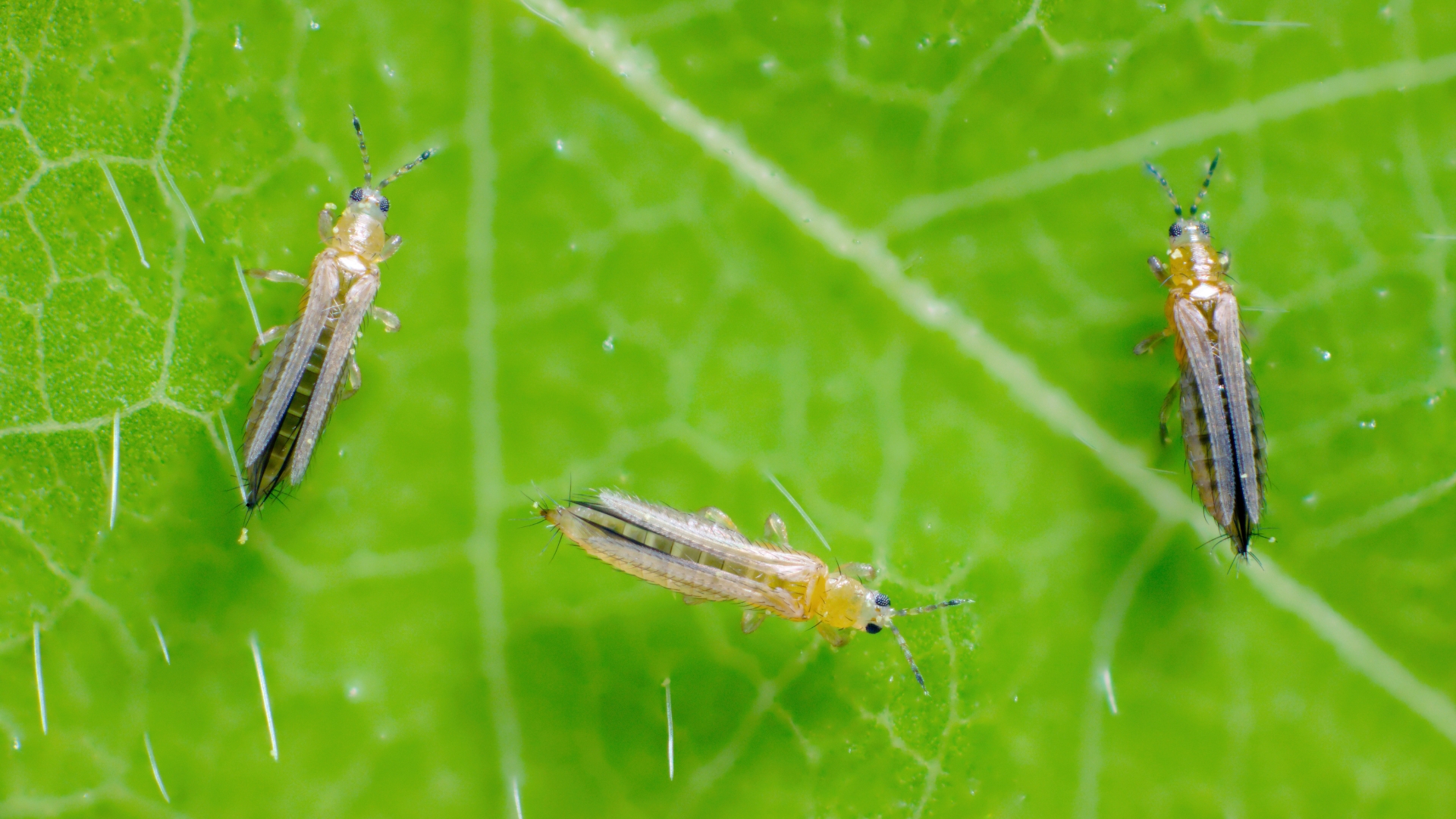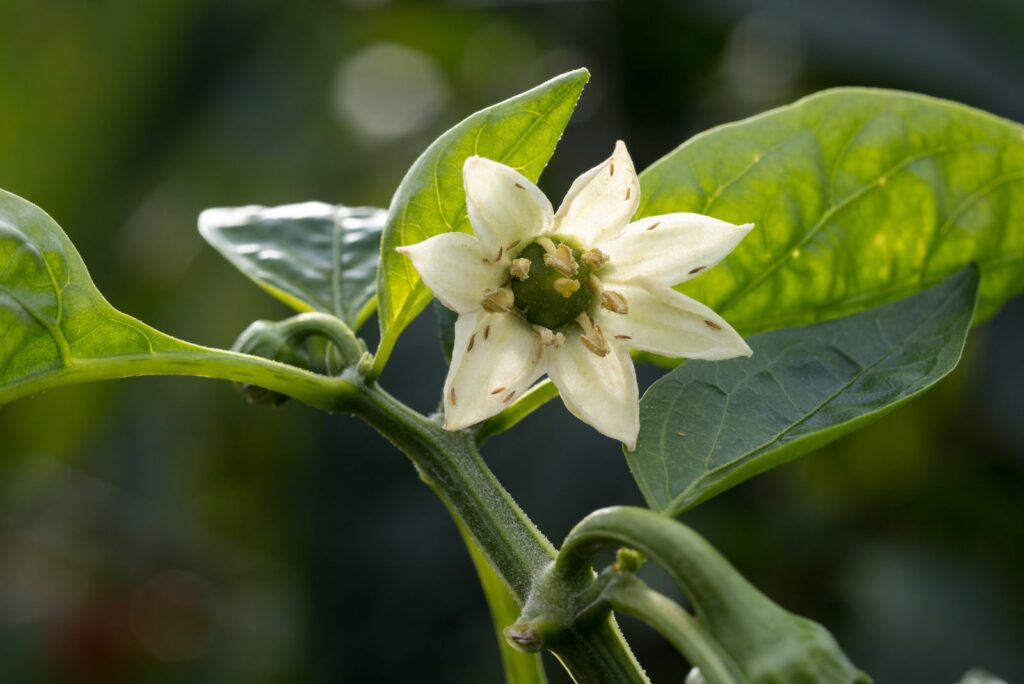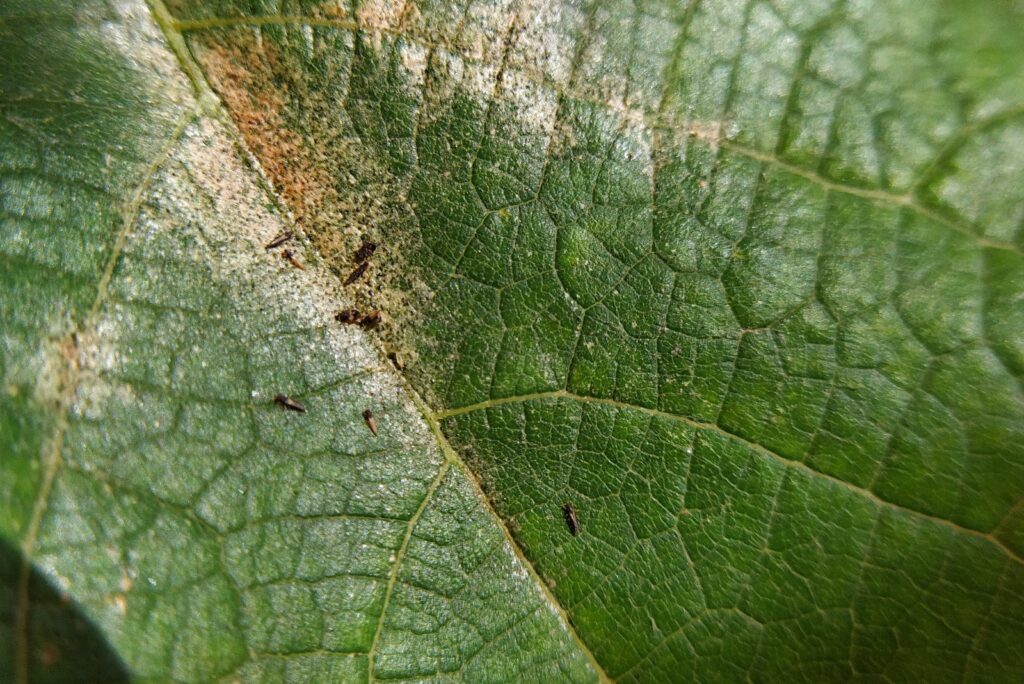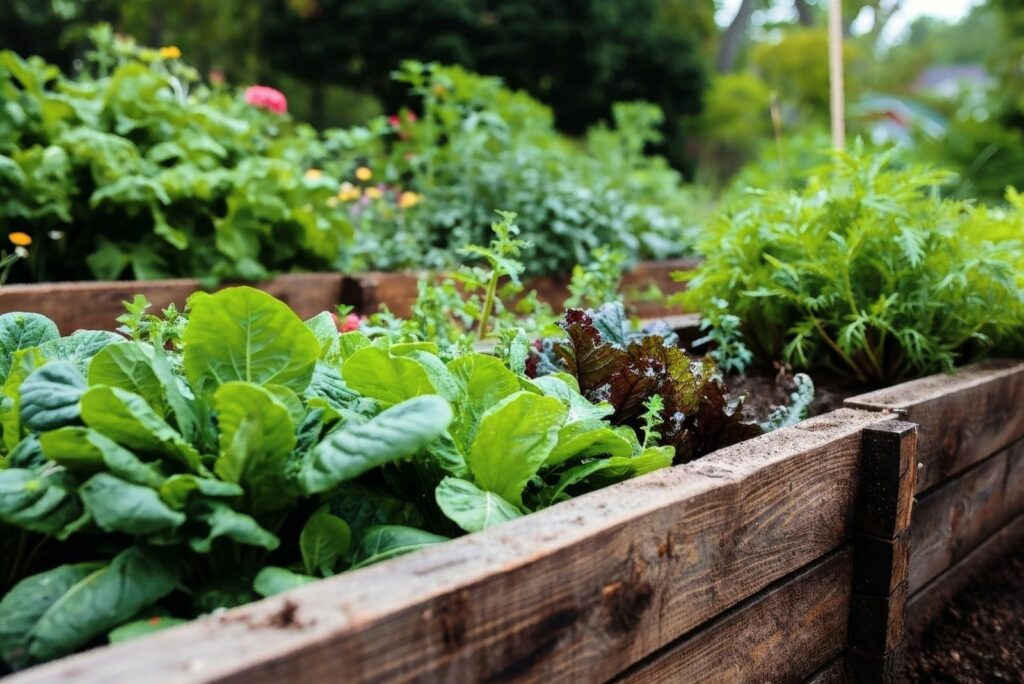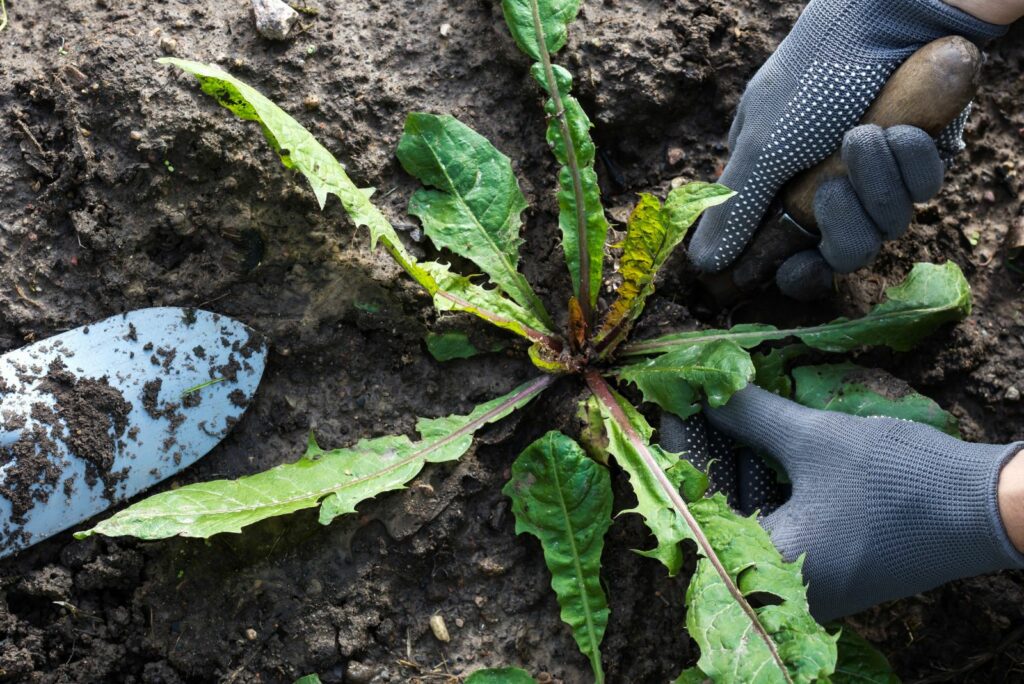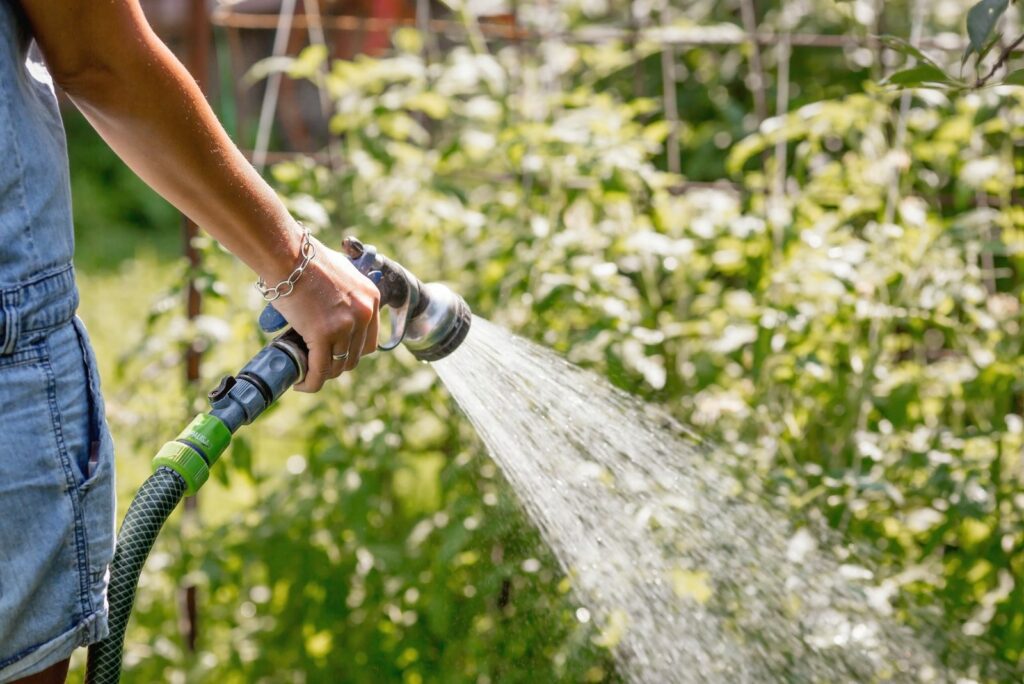Tending to a garden is pure joy, and who doesn’t love doting on their green pals? But it’s all fun and games until you spot pests munching on your prized plants.
And if there’s one pest I can’t stand, it’s the notorious thrips. If you’ve never had issues with these creatures, I have to say you’re one lucky person.
All they bring is trouble, and you can wave your plants goodbye if they form a colony. Of course, prevention is your best bet, but what should you do if you already have thrips on your plants?
There’s no need to panic ‘cause I’m about to show you both how to prevent and get rid of these annoying creatures for good. But before we move on, let’s tackle one key question:
Are You Dealing With A Thrip Infestation?
It’s essential to determine which pest you’re dealing with and how serious the infestation is before you take any further steps. From my experience, identifying a pest can be a nightmare because they all look pretty similar.
And you can’t really use the same prevention methods for all pest types.
So, how to know if thrips are the culprits that are threatening to destroy your plants? First, a word about these tiny insects. Interestingly, there are numerous species of thrips, and not all of them are harmful. Some are actually beneficial and pollinate our plants.
However, species such as onion thrips or rose thrips are on the other end of the spectrum and they’re anything but beneficial.
These insects are most active during the hot summer nights (what a way to destroy your summer) and they typically come in black, brown, and white.
They’re super tiny and can overwinter in the soil, which means if you don’t take care of them, they’ll come back as soon as temperatures increase.
Ornamentals, herbs, veggies, and houseplants, no plant species is safe from these creatures!
Signs Of Thrip Infestation
If your plants display these signs, thrips are to blame:
• Stunted growth
• Small and discolored spots or streaks on the surface of the leaves
• Faded or pale leaves
• Distorted fruits, flowers, and foliage
• Black dots on leaves
• Sticky honeydew residue on foliage
• Plant starts wilting
Does this description match your plants? Let’s first see what to do in order to prevent this!
Prevent Thrips From Attacking Your Plants With These 10 Tips
If you don’t want these creatures to suck the sap out of your plants, here’s what to do:
1. Inspect Your New Plants Thoroughly
Whenever you bring a new plant home or you’re bringing your outdoor plants inside, you must inspect them for pests.
Even if you purchase cut flowers, you should inspect them closely because thrips spread like wildfire and could attack your entire plant collection.
2. Healthy Plants = No Pests
Look, pests can attack even healthy plants, but the chances are way lower. Giving your plants enough light, water, and food will result in happy plants, and thrips will stay away.
3. Remove Weeds From Your Garden Regularly
Even though growers mainly connect thrips with indoor plants, these pests can attack your watermelons, asparagus, beans, and other in-ground grown plants.
If you have weeds in your garden beds, thrips are more likely to attack. That’s why it’s essential to de-weed your garden to prevent thrips from laying their eggs there.
4. Clean Your Garden Regularly
If you leave infested plants in your garden, you must dispose of them in a sealed bag or burn them.
Never toss infested plant material into the compost because pests, fungus, and bacteria can survive. Thrips are not an exception to this rule!
5. Use The Companion Planting Method
Some gardening techniques have been used for centuries and one of the most popular is companion planting. It helped me overcome so many issues in my garden, pest control included.
You can use strongly-scented herbs as companions, such as basil, or you can plant yarrow or parsley to attract ladybugs that will destroy thrips.
6. Row Covers Are Lifesavers!
Removing adult thrips may not be as challenging as removing their eggs. Luckily, row covers can help you with this.
Simply install them and you can remove them later to allow pollinators to reach your plants.
7. Time Your Pruning Right!
After you prune your plants, the wounds on the stems can attract various pests. I always prune my plants in fall or spring when thrips aren’t active.
8. Grow Thrips-Resistant Plants
Thrips aren’t too picky when it comes to plants, but they do find some species less attractive.
For instance, western thrips are more fond of brightly-colored and strongly-scented rose varieties. But they generally stay away from dark-colored varieties with a neutral scent.
9. Reflective Mulches Are Your Allies
The first time I saw reflective mulches I was kinda skeptical, but because of great reviews, I decided to buy them. Well, that was a good move!
Thrips and other pests don’t find these mulches attractive, so consider them your gold ticket to a pest-free garden. If reflective mulches are out of your budget, you can always try some natural alternatives, such as aluminum foil.
10. Good Old Sticky Traps Always Come In Handy
Sometimes, the simplest of the simple methods can help us, and sticky traps are the best example. Arrange blue sticky traps around your indoor plants and if there are any thrips, you can identify them in the early phase.
You can use them for your outdoor plants but you need to be very careful because they can trap pollinators, too.
And Here’s How To Banish Them For Good!
If thrips have infested your plants, I’m sure you thought of using chemical pesticides at some point. Remember that using these products outdoors can result in fewer pollinators, and that’s the last thing you want.
So, what to do? Here are a few tips to help you get rid of these nuisances once and for all!
• Shower your plants: The first step when dealing with pests is to shower plants with water. If you have pest issues on outdoor plants, a garden hose is your best bet. For indoor plants, simply place them in a sink or a bathtub, and carefully spray them with water.
• Refresh the soil: You can either scrape off the top layer of soil or even repot the plant if you suspect there are too many thrip eggs. Additionally, make sure to cut off all the infected plant parts and toss them in the bin.
• Introduce predatory insects: Ladybugs and lacewings will take care of thrips, so release them in your yard for your outdoor plants.
• Use neem oil or soap: You can also apply neem oil or dish soap solution on the leaves of your plants. For outdoor plants, don’t apply these on the flowers because they can harm pollinators.
If thrips won’t go away after the first application, repeat every 7-10 days.
Well, thrips are indeed a nightmare, but with these easy tips and tricks you’ll have them hitting the road before you know it!

